
International codes adopted by Brazilian legislation
In doubt about how much to use of each additive?
Use the Food Additive Calculator
Acidulants
INS 355 – adipic acid
INS 330 – citric acid
INS 338 – phosphoric acid
INS 297 – fumaric acid
INS 270 – lactic acid
INS 296 – malic acid
INS 334 – tartaric acid
Defoamers
INS 900a – dimethylpolysiloxane
Antioxidants
INS 300 – ascorbic acid
INS 302 – calcium ascorbate
INS 301 – sodium ascorbate
INS 303 – potassium ascorbate
INS 315 – isoascorbic or erythorbic acid
INS 316 – sodium isoascorbate
INS 472c – mono and diglyceride citrate
INS 385 – calcium and disodium ethylenediaminetetraacetate – calcium disodium EDTA
Antihumectants
INS 170i – calcium carbonate
INS 504i – magnesium carbonate
INS 551 – silicon dioxide
INS 341 – calcium phosphate
INS 341(iii) – tricalcium phosphate (tricalcium orthophosphate)
INS 528 – magnesium hydroxide
INS 530 – magnesium oxide
INS 470 – aluminum, calcium, magnesium, potassium, sodium and ammonium salts of acids
myristic, palmitic and stearic
INS 552 – calcium silicate
Aromas
– aroma, reinforced natural aroma, reconstituted aroma, imitation aroma
– natural smoke aroma
– artificial flavor
Dyes
INS 100 – turmeric curcumin
INS 101(i) – riboflavin
INS 102 – tartrazine
INS 110 – twilight yellow FCF, bright yellow
INS 120 – carmine / carminic acid, cochineal
INS 123 – amaranth / bordeaux's
INS 124 – ponceau 4R / red AC
INS 131 – patent blue
INS 132 – indigotine / indigo carmine
INS 133 – bright blue FCF
INS 140(i) – chlorophyll
INS 140(ii) – chlorophyllin
INS 141(i) – cupric chlorophyll, sodium and potassium salts
INS 141(ii) – cupric chlorophyllin, sodium and potassium salts
INS 150a – caramel I – simple
INS 150b – caramel II – calcium sulfite process
INS 150c – caramel III – ammonia process
INS 150d – caramel IV – sulfite process – ammoniacal
INS 160a (i) – beta carotene (synthetic – identical to natural)
INS 160a(i) – carotenes: natural extracts
INS 160b – bixin, norbixin, annatto, rocú
INS 160c – paprika / capsorubin/capsanthin
INS 160d – lycopene
INS 160e – beta – apo – 8′ – carotenol
INS 160f – methyl or ethyl ester of beta – apo – 8′ – carotenoic acid
INS 161b – lutein
INS 162 – remolacha/betamine red
INS 163 – anthocyanins
INS 127 – erythrosine III
INS 173 – aluminum
INS 170 – calcium carbonate
INS 171 – titanium dioxide
INS 175 – gold
INS 174 – silver
INS 172 – iron oxide
– iron hydroxide
Conservatives
INS 210 – benzoic acid
INS 211 – sodium benzoate
INS 212 – potassium benzoate
INS 213 – calcium benzoate
INS 200 – sorbic acid
INS 203 – calcium sorbate
INS 202 – potassium sorbate
INS 201 – sodium sorbate
INS 220 – sulfur dioxide / sulfur dioxide
INS 227 – calcium bisulfite
INS 228 – potassium bisulfite
INS 222 – sodium bisulfite
– calcium metabisulfite
INS 224 – potassium
INS 223 – sodium metabisulfite
INS 226 – calcium sulfite
INS 225 – potassium sulfite
INS 221 – sodium sulfite
Sweeteners
INS 950 – acesulfan potassium
INS 951 – aspartame
INS 952 – cyclamates (cyclamic acid and its sodium, potassium and calcium salts)
– steveoside
INS 421 – mannitol
INS 954 – saccharin (and sodium, potassium and calcium salts)
INS 420 – sorbitol
Thickeners
INS 400 – alginic acid
INS 403 – ammonium alginate
INS 404 – calcium alginate
INS 401 – sodium alginate
INS 402 – potassium alginate
Stabilizers
INS 400 – alginic acid
INS 403 – ammonium alginate
INS 404 – calcium alginate
INS 401 – sodium alginate
INS 402 – potassium alginate
INS 406 – agar – agar
INS 353 – metatartaric acid
– modified starches: starch acetate diamido adipiate acetylate,
oxidized starch, calcium-treated starch, diamide phosphate, phosphate
monostarch, acetylated diamide phosphate,
INS 444 – sucrose isobutyrate acetate (SAIB)
INS 405 – propylene glycol alginate
INS 407 – carrageenan – Irish moss
INS 466 – carboxymethylcellulose and its sodium salt
INS 460(i) – microcrystalline cellulose
INS 414 – gum arabic
INS 416 – caraya gum
INS 412 – guar gum
INS 410 – jataí gum
– ester gum
INS 415 – xanthan gum
Humectants
INS 480 – sodium dioctyl sulfosuccinate
INS 1520 – propylene glycol
Source: agriculture.gov.br
-
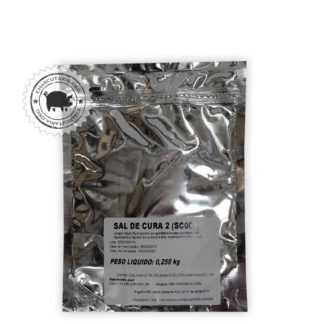 Curing salt 2R$ 8,00
Curing salt 2R$ 8,00 -
 Curing salt 1R$ 8,00
Curing salt 1R$ 8,00 -
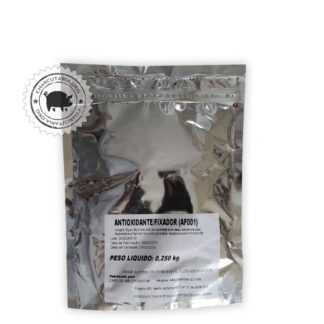 Fixative AntioxidantR$ 23,00
Fixative AntioxidantR$ 23,00 -
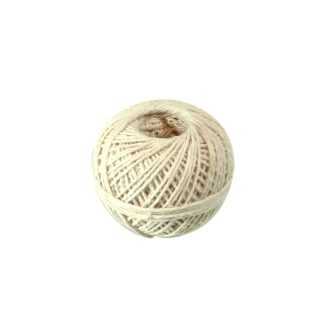 Culinary twineR$ 7,90
Culinary twineR$ 7,90 -
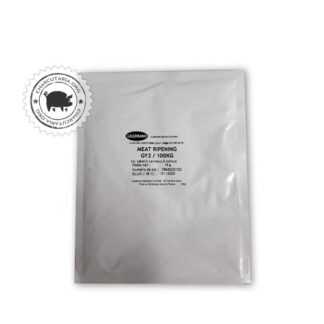 Starter CultureR$ 69,90
Starter CultureR$ 69,90 -
 Culinary elastic net 50mmR$ 15,00
Culinary elastic net 50mmR$ 15,00 -
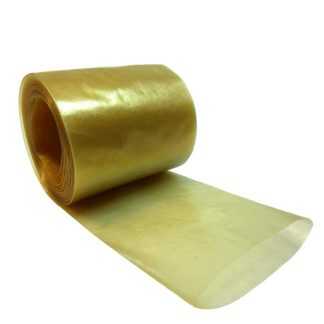 Collagen casing 45mm roll 5 meters salamiR$ 19,00
Collagen casing 45mm roll 5 meters salamiR$ 19,00 -
 Culinary elastic net 65mmR$ 18,00
Culinary elastic net 65mmR$ 18,00 -
 Collagen casing 80mm cup and salamiR$ 29,90
Collagen casing 80mm cup and salamiR$ 29,90 -
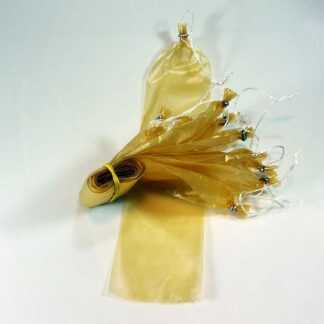 Salami collagen casing 45mm 10 units tiedR$ 19,00
Salami collagen casing 45mm 10 units tiedR$ 19,00 -
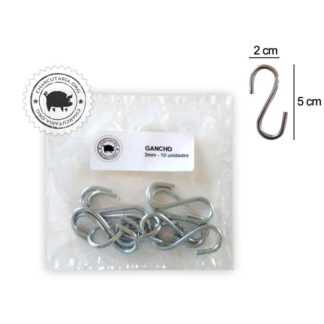 Galvanized HookR$ 12,00
Galvanized HookR$ 12,00 -
 Natural pork casing for sausageR$ 52,00
Natural pork casing for sausageR$ 52,00

Good evening… ins300/316 will help me with homemade beer so it can stay out of the fridge without bursting and changing the flavor??
Good morning. Where can I buy glocol propylene alginat
I say propylene glycol alginate (ins 405).
Good afternoon .
I'm working with natural orange juice.
How do I talk about the juice for more time?
Good afternoon .
I'm thinking about working with orange juice.
What do you recommend for the juice to keep longer?
Is it possible to mix the use of anti-humectants with antioxidants in sausages? Could you suggest a combination?
Good afternoon, I would like to know in the case of antioxidant ins316 how much should I use per kg of fresh sausage?
Hi Juliana, of the pure additive, use 5g for every 10kg of sausage dough. Legislation does not regulate a minimum or maximum of this additive, but if you use too much of the antioxidant it will react with all the sodium nitrite present and make curing unfeasible.
Good afternoon
I work with grated Parmesan cheese and I would like to know which ordinance, RDC, IN, circular, etc. that tells me how many grams of Sorbic Acid I should add to 1kg of grated cheese?? Thanks!